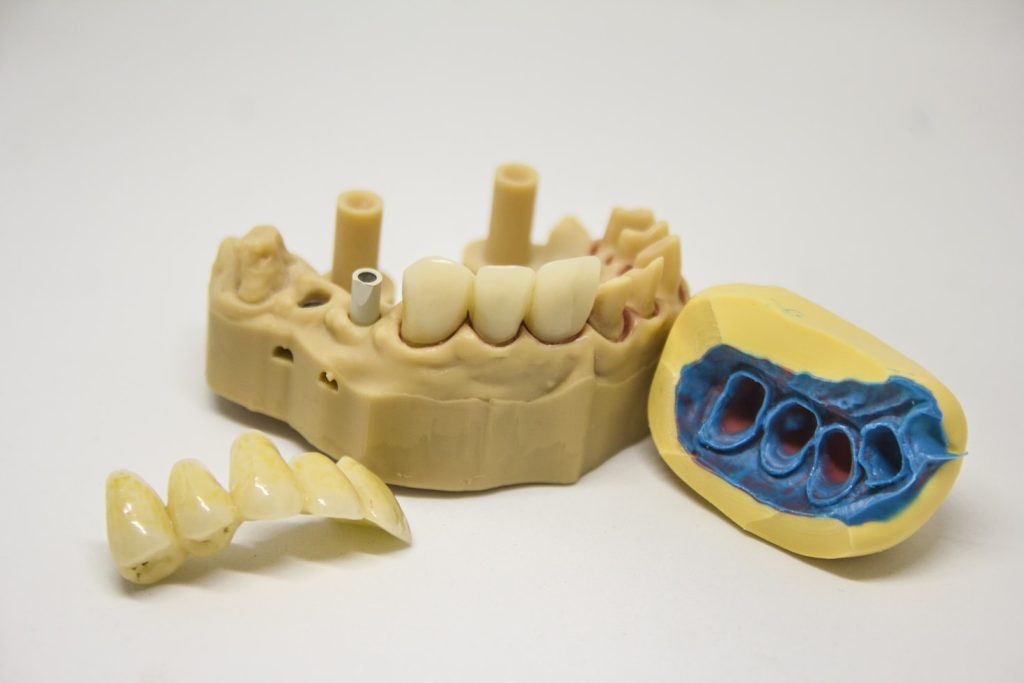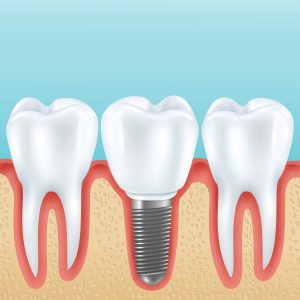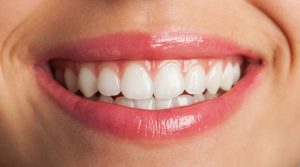Tooth loss can significantly impact oral function, aesthetics, and overall health. A dental bridge is a long-term solution that restores missing teeth by anchoring artificial teeth (pontics) to adjacent natural teeth or implants. When fitted correctly, a dental bridge enhances chewing ability, prevents teeth from shifting, and restores a natural-looking smile.
However, an ill-fitting denture can contribute to discomfort and long-term damage to oral health. Overlooking the symptoms of ill-fitting dentures can lead to speech impairments, difficulty chewing, or infections over time.
This article will explore the common symptoms of an ill-fitting dental bridge and the necessary steps to address the issue effectively.
Table of Contents
Why Do You Need a Dental Bridge?
Missing teeth instigates a chain reaction that is deteriorating for oral health. Besides chewing or speech difficulties, anatomical changes also occur—the adjacent teeth shift, which stresses the TMJ because of occlusal disturbances. Moreover, the opposing teeth may supra-erupt, irritating the alveolar ridge.
These changes lead to food impaction, jaw muscle pain, and accelerated resorption of bone. A well-fitted dental bridge prevents these issues by maintaining the integrity of the bite and supporting overall oral function.
Common Symptoms of an Ill-Fitting Dental Bridge
Recognizing the symptoms of an ill-fitting dental bridge early can prevent further complications. Here are the most common signs that indicate a bridge may need adjustment or replacement:
1. Pain and Discomfort
An ill-fitting dental bridge causes a lot of discomfort and exerts abnormal pressure on the teeth, resulting in pain. Numerous patients initially feel pain while eating, but this pain can become constant if left untreated.
Patients may experience:
- Localized pain around the bridge
- Increased sensitivity to hot and cold foods
- Jaw discomfort due to misalignment

2. Difficulty Chewing or Speaking
An ill-fitting dental bridge interferes with essential functions such as speaking or chewing. With improper fitting, the dental bridge distributes the forces unevenly and leads to:
- Pain or discomfort while biting into food
- Food getting trapped under the bridge
- Speech difficulties due to improper tongue movement
3. Gum Irritation and Inflammation
Another common symptom of an ill-fitting denture is gum irritation and swelling. The gums around the dental bridge appear red, with slight tenderness and bleeding while brushing or flossing. Signs of dental bridge infection symptoms include:
- Swollen, inflamed gums
- Bleeding while brushing or flossing
- Gum recession exposes the tooth roots
If left untreated, this can progress into gingivitis or periodontitis, requiring professional intervention for a dental bridge infection.
4. Looseness or Movement
To prevent movement, the dental bridge is fixed and bonded over the tooth with dental cement. If the bridge has movement, it refers to:
- Poor bonding between the bridge and supporting teeth
- Changes in the jawbone structure over time are caused by bone resorption or gum infection due to poor oral hygiene.
- Damage to the abutment (supporting) teeth.
5. Bad Breath or Unpleasant Taste
This symptom of an ill-fitting denture usually arises because of the entrapment of food due to the bridge’s movement. This leads to:
- Bacterial accumulation, resulting in infection and persistent bad breath.
- The risk of cavities, decay, and gum infections also increases.
Hence, regular oral hygiene may be insufficient if food continuously gets stuck under the bridge.
6. Jaw Pain or Bite Problems
If a bridge is too high or too low, it can cause bite misalignment, leading to:
- Jaw pain or temporomandibular joint (TMJ) issues
- Headaches and muscle strain
- Uneven stress on one side of the mouth, causing further damage
Potential Long-Term Complications of an Ill-Fitting Bridge:
The ill-fitting denture can disrupt the equilibrium of oral structures and lead to various issues, such as:
- Tooth Decay: The supporting teeth may develop cavities if food debris and plaque accumulate under the bridge.
- Bone Resorption: A loose bridge can result in accelerated bone resorption, making it challenging to opt for other restorative options in the future.
- Gum Disease: Chronic irritation can lead to infections, potentially resulting in gingivitis and periodontitis.
What to Do If You Have These Symptoms
If you experience any of the symptoms of an ill-fitting dental bridge, you must act swiftly to avoid any potential consequences. You must convey your concerns to your dentist and fix the issue immediately.
Here’s what you should do:
- Schedule a Dental Visit: Schedule an appointment for consultation and evaluation of the cause at the dental office.
- Maintain Good Oral Hygiene: Maintaining good oral hygiene prevents the loosening of the bridge and increases the longevity of the dental bridge. Use dental flossers and interdental brushes to clean the area around the dental bridge.
- Avoid Hard or Sticky Foods: Consuming hard or sticky foods can damage the bridge, worsening the problem.
- Adjustments, Rebonding, or Replacing the Bridge: Depending on the severity of the dental issue, the dentist might make adjustments or replace the bridge if necessary. If the dental bridge is not working out for a patient, other treatments, such as dental implants or dentures, can be considered for replacement.

Conclusion
A dental bridge is an ideal option for missing teeth if it is accurately fitted. It lasts up to 15 years if proper hygiene is maintained; in some, it can last for a lifetime. However, an ill-fitting denture can cause complications that overshadow the benefits. Recognizing the symptoms of an ill-fitting dental bridge and seeking professional care ensures long-term success and prevents further damage.
At Anoka Dental, our experienced Anoka dentists, led by Dr. Lee DeKrey and Dr. Rich Capp, specialize in restoring healthy smiles with custom-fitted dental bridges.
If you’re experiencing dental bridge infection symptoms or discomfort, don’t wait—schedule a consultation today or call (763) 421-4002
You can also visit us at 12 Bridge Square, #106 Anoka, MN, 55303




